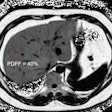Generous people may know no bounds when it comes to giving, and they can show some love to the posterior superior temporal cortex for (pSTC) for that willingness to share. Activation in this region of the brain has been pegged as a prerequisite for altruism and empathy. Now a group from Duke University used functional MRI (fMRI) to connect the pSTC to feeling magnanimous.
"We hypothesized that if perception of agency is a precursor to altruism, then activity in supporting brain regions, such as the right pSTC, should predict subjects' propensity for altruistic behavior," wrote Scott Huettel, Ph.D., and colleagues in Nature Neuroscience online (January 21, 2007).
The researchers are from the Brain Imaging and Analysis Center (BIAC) based at the university's medical center in Durham, NC. Huettel is the center's associate director for cognitive neuroscience and an associate professor of psychiatry, neurobiology, and psychology. BIAC graduate student Dharol Tankersley is the paper's lead author.
For this study, healthy volunteers underwent fMRI exams while playing a reaction-time game in which they could earn money for themselves or a selected charity. The participants first watched a computer play the game ("watching trials") before actually participating ("playing trials"). They then provided self-assessment of their altruistic tendencies.
According to the imaging results, the investigators observed activation in the right pSTC, the bilateral posterior cingulate cortex, bilateral hippocampus, left temporal pole, left pSTC, and orbital and lateral prefrontal cortices. Additionally, the right pSTC and the bilateral orbitofrontal cortex (OFC) were activated during the watching trials versus the play trials.
"We found a significant relation between altruism and right pSTC activation, such that individuals who expressed a greater tendency toward altruism also showed increased pSTC activation," the authors stated.
This kind of research focusing on decision and reward processing is known as neuroeconomics. In an e-mail interview with AuntMinnie.com, Huettel and Tankersley discussed their findings in greater detail. They stated that one of the "surprising" results of their study was that the parietal cortex, which is normally associated with straightforward perception, would serve as a predictor of generous or selfish behavior.
"Now, other higher-level aspects of cognition such as executive function (e.g., mediated by prefrontal cortex) or reward evaluation (e.g., mediated by the basal ganglia) may still contribute to altruism. Yet, our results speak to a clear relation between altruism and the activation of a region associated with lower-level perception," they wrote.
From a clinical perspective, could a better understanding of how the pSTC works to stimulate altruism be useful for treating people who exhibit antisocial behavior? While Huettel stressed that their results did not address what would happen if someone suffered from a lack of pSTC activation, there was a possibility that a disturbance in the area could influence a person's ability to relate to other people, although proving it may not be so easy.
"Our results show that the subjects who tend to have more activity in this region when watching a computer perform a task are also more likely to engage in helping behavior, suggesting that a tendency to interpret external events in terms of agents and goals leads to altruistic behavior," they wrote. "Subjects with lesions in (pSTC) sometimes suffer from hemispatial neglect and impairments in visual attention, but there is no evidence that these patients suffer from social or personality deficits. Nor is it clear that irregular functioning of this region would lead to observable social disorders."
Finally, after the events of September 11, 2001, the 2004 South Asian tsunami, and 2005's Hurricane Katrina, charitable organizations reported a drop in donations citing "disaster fatigue" amongst potential donors. Again, a direct link between this phenomenon and the pSTC may not be easy to make, Huettel stated.
"What our data do speak to is the relation between altruism and perception: altruistic behavior may be more likely when one sees a potential recipient as an individual ('you are helping this child'), compared to when the recipient is presented in the abstract ('your gifts will go to relief work in that country')," he explained. "Perhaps fatigue follows disasters that are so overwhelming that they become abstracted, not individualized, but this is just a speculation."
By Shalmali Pal
AuntMinnie.com staff writer
January 26, 2006
Related Reading
In a spirit of giving: Medical donations make a difference, November 21, 2006
Men enjoy others' misfortune more than women -- study, January 19, 2006
Brain hard-wired for empathy: study, November 7, 2003
Copyright © 2007 AuntMinnie.com

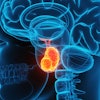
.fFmgij6Hin.png?auto=compress%2Cformat&fit=crop&h=100&q=70&w=100)

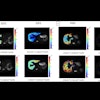

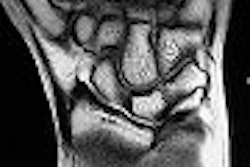
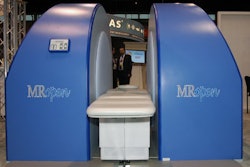
.fFmgij6Hin.png?auto=compress%2Cformat&fit=crop&h=167&q=70&w=250)






